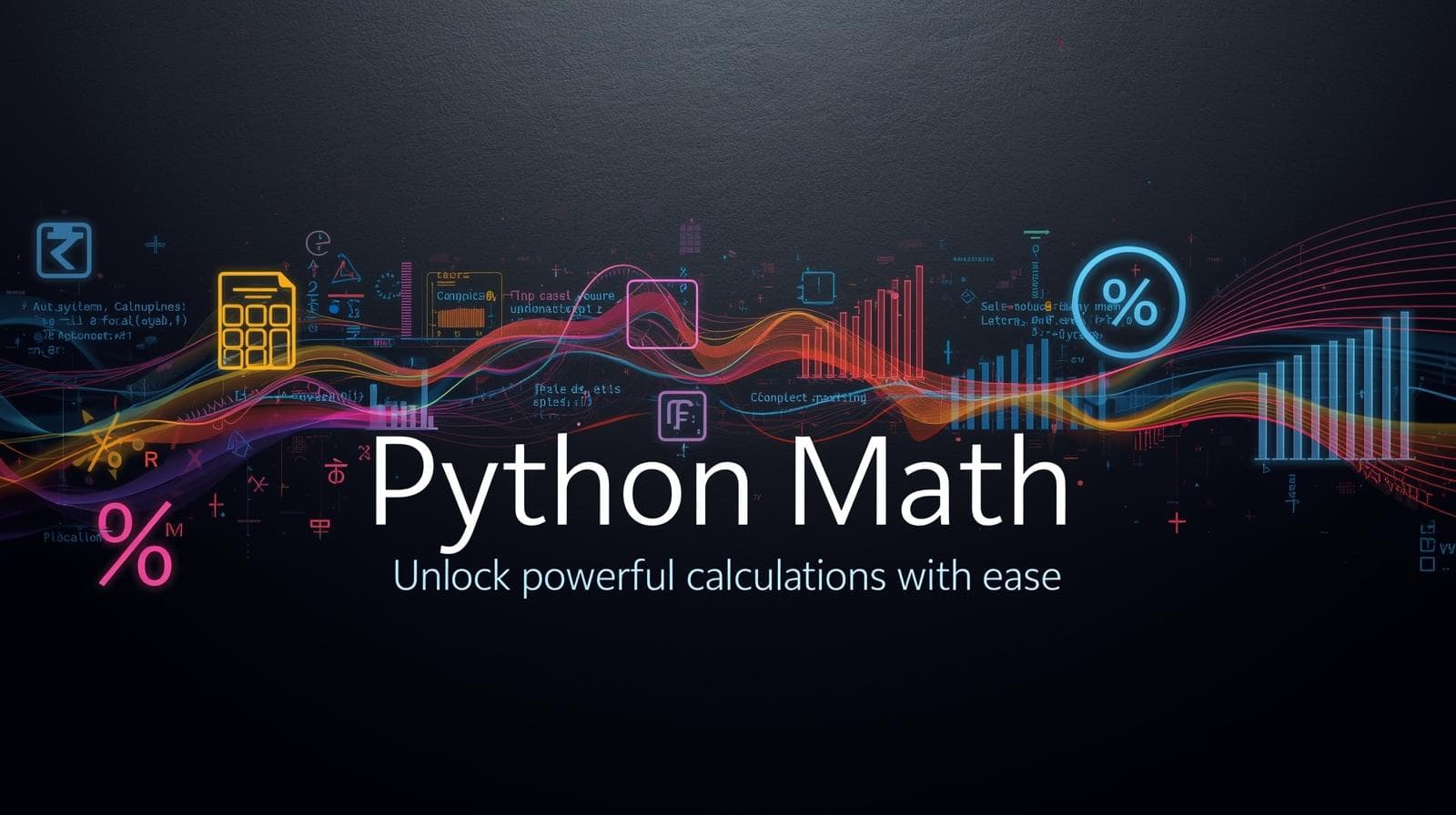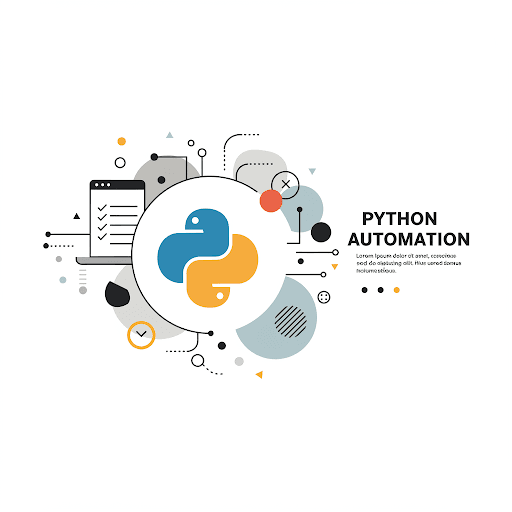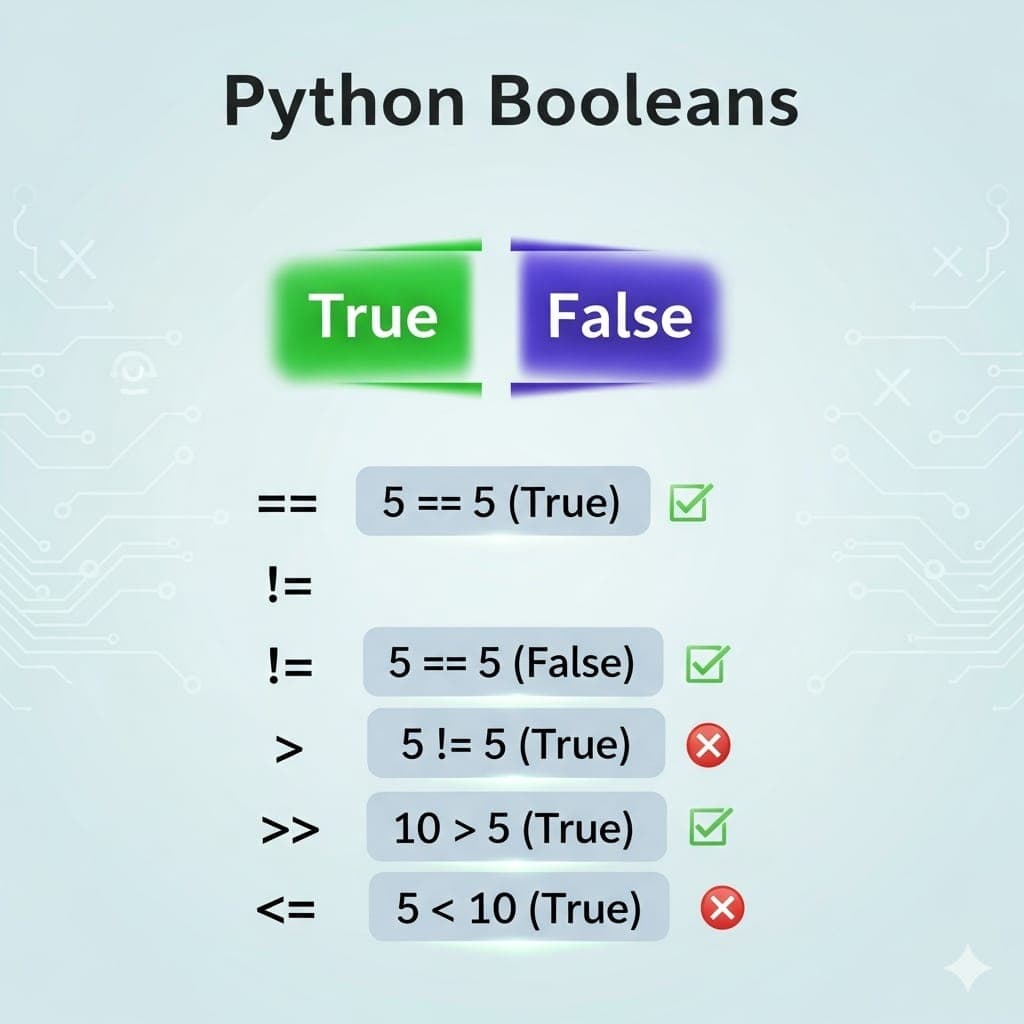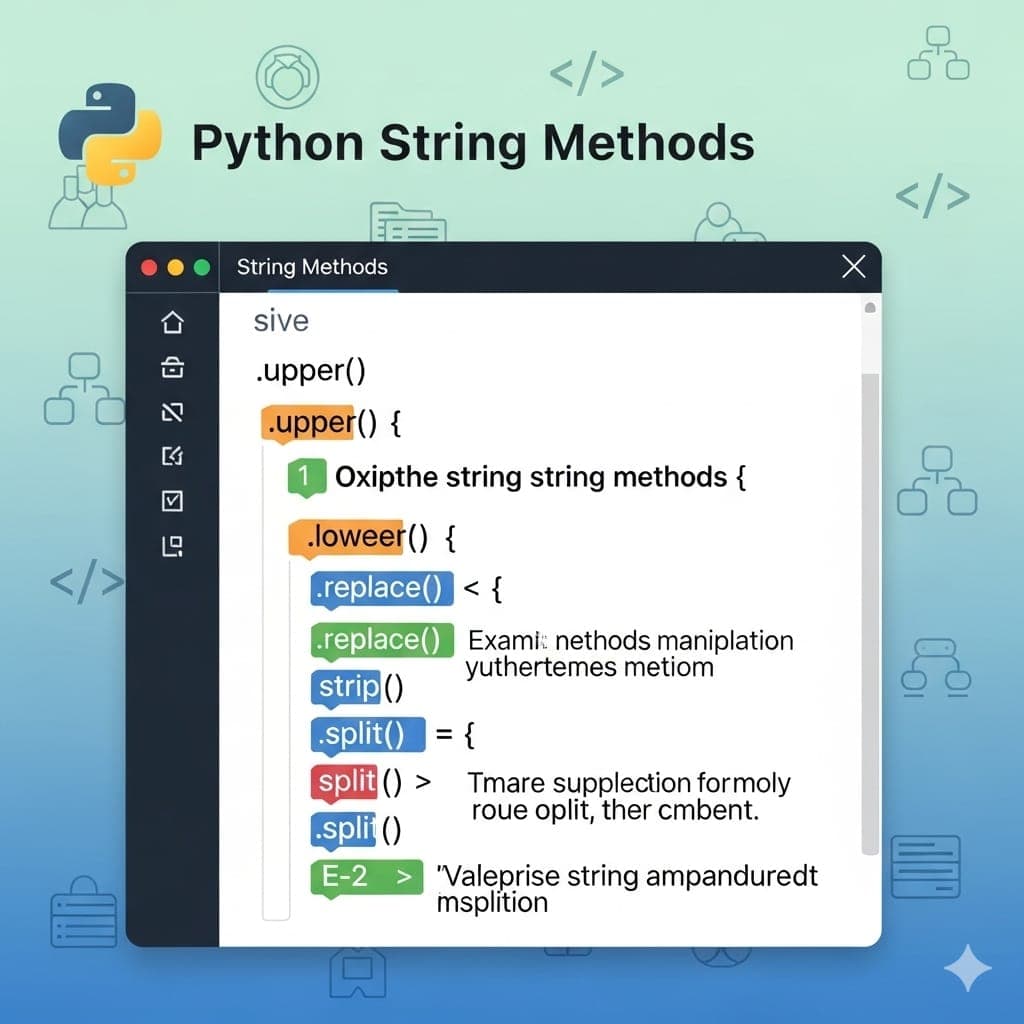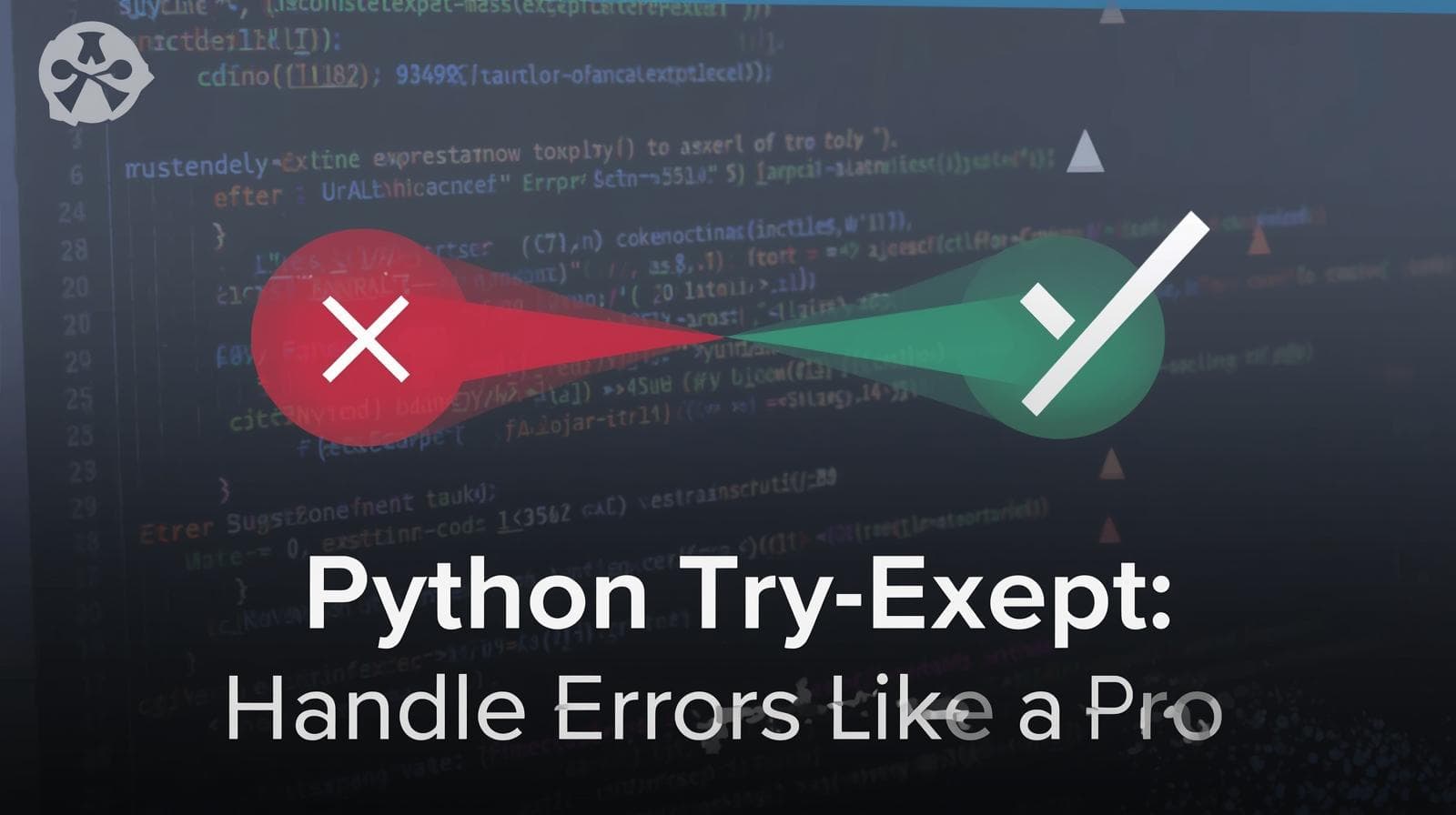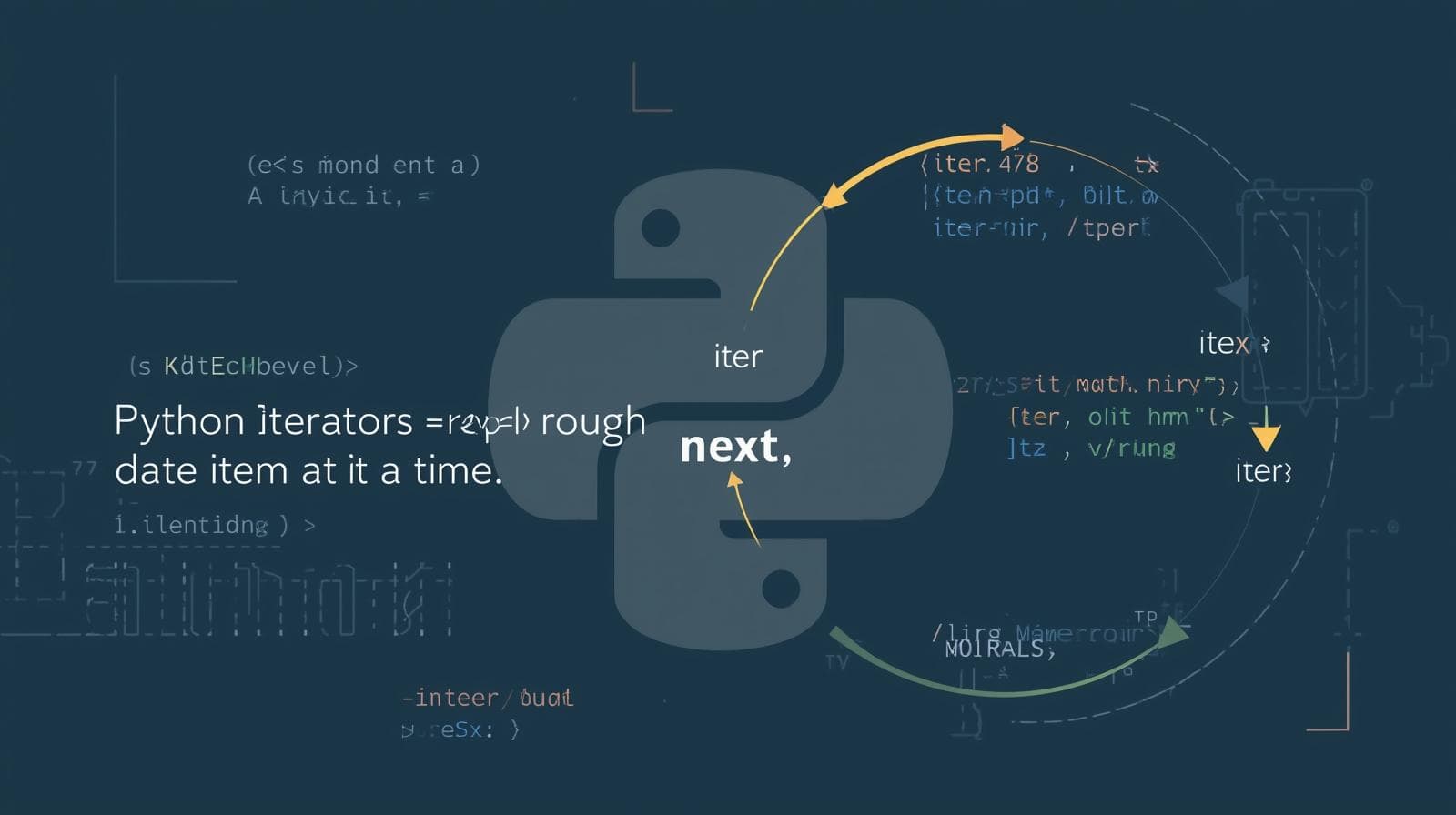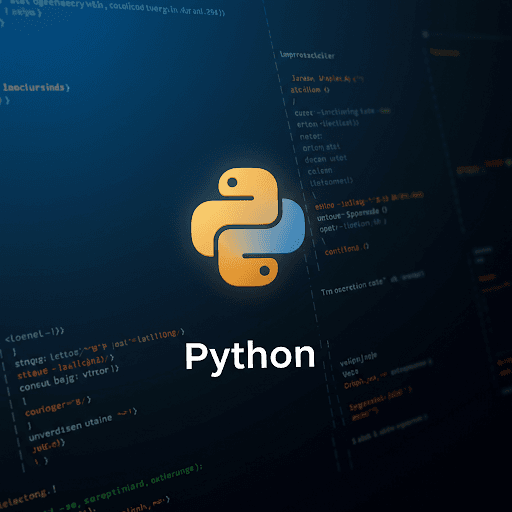Master Pandas DataFrames: A Complete Guide with Python Examples

Unlock the power of data analysis with our ultimate guide to Pandas DataFrames. Learn creation, manipulation, cleaning, and advanced analysis with real-world Python examples. Start your data science journey today!

Master Pandas DataFrames: A Complete Guide with Python Examples
Master Pandas DataFrames: Your Ultimate Guide to Data Wrangling in Python
Imagine you’re a detective handed a massive, disorganized file room. Clues are everywhere—in ledgers, loose papers, photos, and reports—but they’re useless until you can organize them, find connections, and extract meaning. In the digital world, data is that file room, and Pandas DataFrames are your superior organizational system and magnifying glass.
If you work with data in Python—whether you're a budding data scientist, a software developer, a researcher, or a business analyst—the Pandas library is not just a tool; it's a fundamental part of your toolkit. It’s the bedrock upon which data cleaning, analysis, and visualization are built.
In this comprehensive guide, we won't just scratch the surface. We will dive deep into the world of Pandas DataFrames. We'll cover what they are, how to create them, how to manipulate them like a pro, and how to use them to solve real-world problems. By the end, you'll be equipped to tackle your own data projects with confidence.
What Exactly is a Pandas DataFrame?
At its core, a DataFrame is a two-dimensional, labeled data structure. Let's break that down:
Two-dimensional: It has rows and columns, much like a spreadsheet in Excel or a SQL database table. This structure is intuitive because it's how we naturally view most data.
Labeled: This is the magic sauce. Each row and each column has a label (an index and column names, respectively). This means you don't have to remember that the "age" of a person is in column number 3; you can simply ask for
df['age']. This makes code incredibly readable and intuitive.Heterogeneous: Columns can contain different data types (integers, floats, strings, datetime objects, etc.) simultaneously. One column can be text (e.g., product names), the next can be integers (e.g., quantity), and another can be dates (e.g., purchase date).
Think of a DataFrame as a powerful in-memory database table that you can manipulate with simple and expressive Python code.
The Building Blocks: Series vs. DataFrame
It's impossible to talk about DataFrames without mentioning Series. A Series is a one-dimensional labeled array. It's essentially a single column of a DataFrame. So, a DataFrame is a collection of Series objects that share the same index.
Feature | Series | DataFrame |
|---|---|---|
Dimensions | 1-D | 2-D |
Analogous to | A single column | A whole table |
Labeled | Yes (one index) | Yes (index and columns) |
Getting Started: Installing and Importing Pandas
Before we can play with DataFrames, we need to have Pandas installed. If you haven't already, the easiest way is via pip:
bash
pip install pandasOnce installed, the community standard is to import Pandas with the alias pd. This convention is almost universal, making Pandas code easily recognizable across projects.
python
import pandas as pd
print(pd.__version__) # Check your version; this guide is based on ~2.0+Creating Your First DataFrame: Multiple Ways to Skin a Cat
There are numerous ways to create a DataFrame, each useful in different scenarios. Let's explore the most common ones.
1. From a Python Dictionary
This is one of the most intuitive methods. The keys of the dictionary become the column names, and the values (which should be lists or arrays of equal length) become the data in the columns.
python
# Create a dictionary of data
data = {
'Name': ['Alice', 'Bob', 'Charlie', 'Diana'],
'Age': [25, 30, 35, 28],
'City': ['New York', 'London', 'Paris', 'Berlin'],
'Salary': [70000, 80000, 120000, 90000]
}
# Convert the dictionary into a DataFrame
df = pd.DataFrame(data)
# Display the DataFrame
print(df)Output:
text
Name Age City Salary
0 Alice 25 New York 70000
1 Bob 30 London 80000
2 Charlie 35 Paris 120000
3 Diana 28 Berlin 90000Notice how Pandas automatically created an index (the bolded left-most column: 0, 1, 2, 3).
2. From a List of Lists
You can also create a DataFrame from a list of lists, where each inner list represents a row of data. You must explicitly provide the column names.
python
data_rows = [
['Alice', 25, 'New York', 70000],
['Bob', 30, 'London', 80000],
['Charlie', 35, 'Paris', 120000],
['Diana', 28, 'Berlin', 90000]
]
columns = ['Name', 'Age', 'City', 'Salary']
df_from_rows = pd.DataFrame(data_rows, columns=columns)
print(df_from_rows)3. From External Files (The Real Superpower)
This is where Pandas truly shines. It provides simple functions to read data from almost any source imaginable.
CSV (Comma-Separated Values):
pd.read_csv('filename.csv')Excel:
pd.read_excel('filename.xlsx', sheet_name='Sheet1')JSON:
pd.read_json('filename.json')SQL Database:
pd.read_sql('SELECT * FROM table_name', connection_object)
For example, loading data from a CSV file is a one-liner:
python
# Assuming you have a 'sales_data.csv' file
df_sales = pd.read_csv('sales_data.csv')
# Display the first 5 rows to get a feel for the data
print(df_sales.head())This ability to seamlessly import data is the first step in any data analysis workflow. To master these data ingestion techniques and integrate them into full-stack applications, our Python Programming and Full Stack Development courses at codercrafter.in provide hands-on, project-based training.
Data Inspection: Getting to Know Your Data
Once you have a DataFrame, your first job is to understand what you're working with. Pandas offers a suite of simple methods for this.
python
# Our sample dataframe
df = pd.DataFrame({
'Name': ['Alice', 'Bob', 'Charlie', 'Diana', 'Eva'],
'Age': [25, 30, 35, 28, None], # Introducing a missing value
'City': ['NY', 'London', 'Paris', 'Berlin', 'NY'],
'Salary': [70000, 80000, 120000, 90000, 95000]
})
# 1. See the first n rows (default is 5)
print("First 3 rows:")
print(df.head(3))
# 2. See the last n rows
print("\nLast 2 rows:")
print(df.tail(2))
# 3. Get the dimensions of the DataFrame (rows, columns)
print(f"\nDataFrame Shape: {df.shape}") # Output: (5, 4)
# 4. Get a concise summary of the DataFrame, including dtypes and non-null counts
print("\nDataFrame Info:")
df.info()
# 5. Generate descriptive statistics (for numeric columns only by default)
print("\nDescriptive Statistics:")
print(df.describe())
# 6. Check for missing values
print("\nMissing Values:")
print(df.isnull().sum())Data Selection and Indexing: How to Get the Data You Want
Selecting specific data is a fundamental operation. Pandas offers a plethora of ways to do this, primarily using loc and iloc.
Selecting Columns
python
# Select a single column -> returns a Series
ages = df['Age']
print(ages)
# Select multiple columns -> returns a DataFrame
subset = df[['Name', 'Salary']]
print(subset)Selecting Rows with iloc (Integer-Location)
iloc is used for selection by integer position (like 0-based array indexing).
python
# Select the row at position 2 (3rd row)
print(df.iloc[2])
# Select rows from 1 to 3 (exclusive of 3) and all columns
print(df.iloc[1:3])
# Select specific rows and specific columns by their integer position
print(df.iloc[[0, 2, 4], [0, 3]]) # Rows 0,2,4 and Columns 0,3 (Name, Salary)Selecting Rows and Columns with loc (Label-Location)
loc is used for selection by label. This is incredibly powerful.
python
# The default index is integers, so we can use them as labels with loc.
# Select the row with index label 2
print(df.loc[2])
# Select a slice of rows from index label 1 to 3 *inclusive*
print(df.loc[1:3])
# The real power: selecting by condition (boolean indexing)
# Get all rows where Age is greater than 28
print(df.loc[df['Age'] > 28])
# Combine conditions with & (and), | (or)
# Get all rows where City is 'NY' AND Age is less than 30
print(df.loc[(df['City'] == 'NY') & (df['Age'] < 30)])
# Select specific rows and specific columns by name
print(df.loc[[1, 3], ['Name', 'City']]) # Rows with index 1 & 3, Columns 'Name' & 'City'Mastering loc and iloc is critical for efficient data manipulation. These concepts form the backbone of data querying, a skill we emphasize heavily in our MERN Stack and Full Stack Development programs at codercrafter.in, where backend data handling meets frontend presentation.
Data Cleaning: Taming Messy Real-World Data
Real-world data is never clean. It's full of missing values, duplicates, and inconsistencies. Pandas is your best friend for cleaning it up.
Handling Missing Values
Missing data is often represented as NaN (Not a Number) or None.
python
# Check for missing values
print(df.isnull())
# Option 1: Drop rows with any missing values
df_dropped = df.dropna()
print(df_dropped)
# Option 2: Fill missing values
df_filled = df.fillna({'Age': df['Age'].mean()}) # Fill missing Age with the average age
print(df_filled)
# Option 3: Use forward fill or backfill
df_ffill = df.ffill() # Fill with the previous value in the column
print(df_ffill)Removing Duplicates
python
# Check for duplicates across all columns
print(df.duplicated())
# Drop duplicates
df_deduped = df.drop_duplicates()
print(df_deduped)
# Drop duplicates based on a subset of columns
df_deduped_city = df.drop_duplicates(subset=['City'])
print(df_deduped_city) # Keeps only the first row for each unique cityFixing Data Types
Sometimes numbers are read as strings (e.g., "1000"). You need to convert them.
python
# Check data types
print(df.dtypes)
# Convert a column's data type
df['Salary'] = df['Salary'].astype('float64') # Convert Salary to float
print(df.dtypes)Data Manipulation and Transformation
This is where you derive new insights from your data.
Adding New Columns
You can create new columns based on calculations from existing ones.
python
# Create a new column 'Bonus' that is 10% of Salary
df['Bonus'] = df['Salary'] * 0.10
print(df)
# Create a conditional column 'Senior' where True if Age > 30
df['Senior'] = df['Age'] > 30
print(df)The groupby() Operation: Split-Apply-Combine
This is one of the most powerful concepts in Pandas. You want to split your data into groups based on a key, apply a function (like sum or mean) to each group, and combine the results.
python
# Group by 'City' and calculate the average salary for each city
city_group = df.groupby('City')['Salary'].mean()
print(city_group)
# You can group by multiple columns and aggregate multiple columns
complex_group = df.groupby(['City', 'Senior']).agg({'Salary': 'mean', 'Age': 'count'})
print(complex_group)Sorting Values
python
# Sort by Salary, descending order
df_sorted = df.sort_values('Salary', ascending=False)
print(df_sorted)Handling String Data with .str
Columns containing strings have a .str accessor with many useful methods.
python
# Make all names uppercase
df['Name_Upper'] = df['Name'].str.upper()
# Find names starting with 'A'
a_names = df[df['Name'].str.startswith('A')]
print(a_names)Real-World Use Case: Analyzing Sales Data
Let's put it all together with a simulated real-world scenario. You are a data analyst for a store, and you're given sales_data.csv.
python
# 1. Load the data
sales_df = pd.read_csv('sales_data.csv')
# 2. Inspect
print(sales_df.head())
sales_df.info()
# 3. Clean: Check for missing values and duplicates
print(sales_df.isnull().sum())
sales_df = sales_df.dropna() # Or implement a more sophisticated strategy
# 4. Analyze: What is the total revenue per product?
revenue_by_product = sales_df.groupby('product_name')['total_price'].sum().sort_values(ascending=False)
print(revenue_by_product)
# 5. Analyze: What was the best month for sales?
sales_df['date'] = pd.to_datetime(sales_df['date']) # Convert to datetime
sales_df['month'] = sales_df['date'].dt.month_name() # Extract month name
sales_by_month = sales_df.groupby('month')['total_price'].sum()
print(sales_by_month)
# 6. Who is our best customer?
best_customer = sales_df.groupby('customer_id')['total_price'].sum().sort_values(ascending=False).head(1)
print(best_customer)This simple workflow—load, inspect, clean, analyze—is the essence of data analysis with Pandas.
Best Practices and Performance Tips
Use Vectorized Operations: Avoid looping over rows with
forloops. Pandas operations are vectorized (they work on entire arrays at once), which is much faster. Use.apply()as a last resort.Beware of
SettingWithCopyWarning: This common warning arises when you try to modify a copy of a slice from a DataFrame. The proper way is to use.locto ensure you are modifying the original data or explicitly copy with.copy().Use Efficient Data Types: If you have a column of integers with missing values, use the
pd.Int32Dtype()instead of the defaultobjecttype to save memory.Chain Methods Judiciously: Method chaining (e.g.,
df.func1().func2().func3()) can make code concise, but can also make it harder to debug. Find a balance.
Frequently Asked Questions (FAQs)
Q1: How is a Pandas DataFrame different from a NumPy array?
A NumPy array is a homogeneous n-dimensional array with integer-based indexing. A Pandas DataFrame is a heterogeneous 2D structure with labeled axes (index and columns), making it far more suited for working with tabular, real-world data.
Q2: How do I save my cleaned DataFrame to a file?
Pandas provides intuitive to_* methods mirroring the read_* methods.
python
df.to_csv('cleaned_data.csv', index=False) # index=False avoids saving the index as a column
df.to_excel('output.xlsx', sheet_name='Results')Q3: How do I handle very large DataFrames that don't fit in memory?
For datasets larger than your RAM, consider:
Using the
chunksizeparameter inread_csvto process the file in parts.Using libraries like Dask or Vaex that are designed for out-of-core operations.
Using a proper database and leveraging
pd.read_sqlwith efficient queries.
Q4: My code is slow. How can I speed it up?
First, ensure you are using vectorized operations.
Second, consider using the
@numba.jitdecorator for complex functions.Third, look at using more efficient data types (e.g.,
categoryfor repetitive strings).
Conclusion: Your Data Wrangling Journey Begins
The Pandas DataFrame is more than just a data structure; it's a gateway to the world of data analysis and data science. Its intuitive, expressive, and powerful API allows you to go from raw, messy data to clean, insightful information in a few lines of Python code.
We've covered the journey from creation to inspection, selection, cleaning, and finally, analysis. But this is just the beginning. There's so much more to explore: merging and joining DataFrames, sophisticated time series analysis, and visualization with Matplotlib and Seaborn directly from your DataFrame.
The best way to learn is by doing. Find a dataset that interests you—sports statistics, stock prices, movie ratings—and start exploring. Ask questions of your data and use Pandas to find the answers.
If you're serious about transforming this knowledge into a professional skill set, from data analysis with Python to building data-driven web applications, structured learning is key. To learn professional software development courses such as Python Programming, Full Stack Development, and MERN Stack, visit and enroll today at codercrafter.in. Our project-based curriculum is designed to take you from fundamentals to job-ready expertise.
